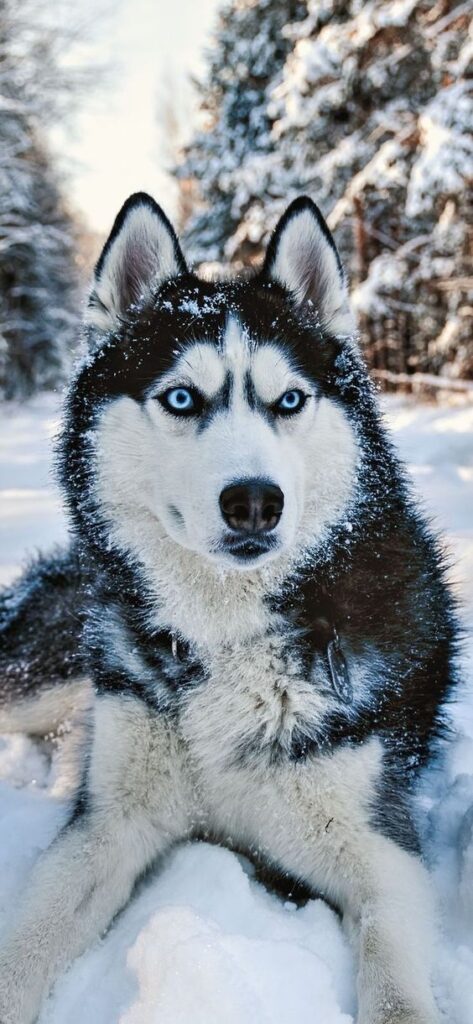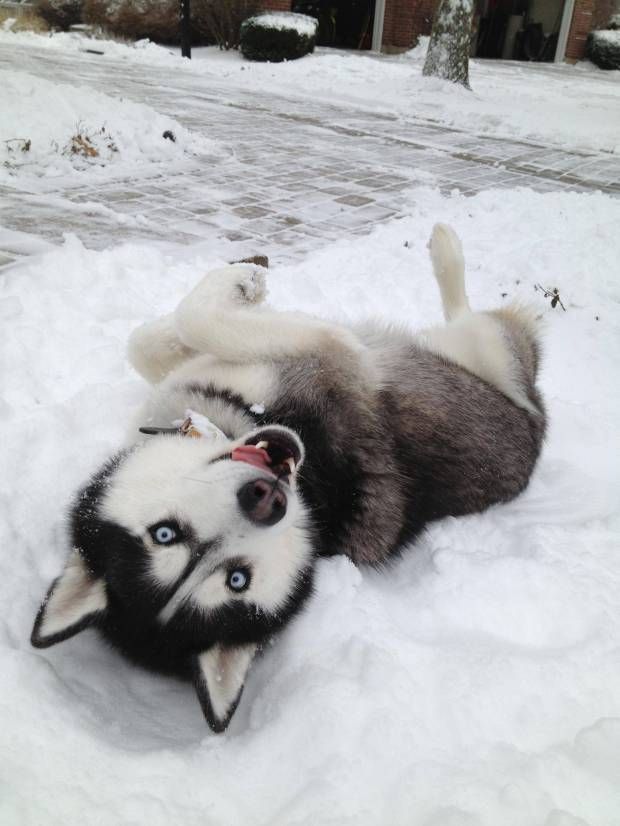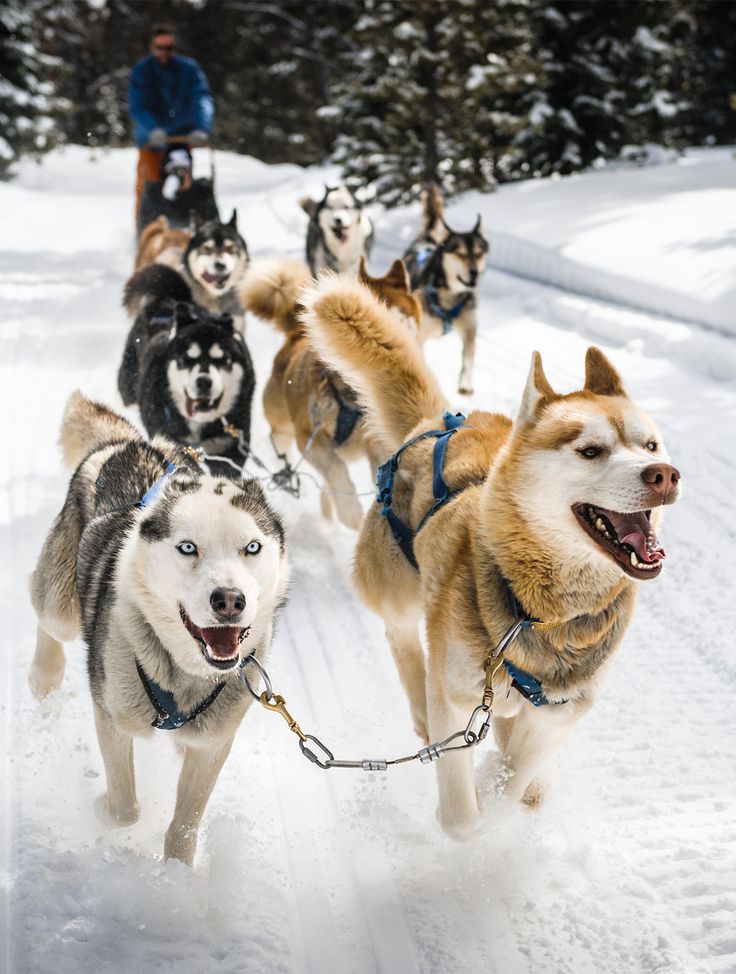Siberian huskies have gained popularity and affection among dog lovers due to their remarkable look, enticing blue eyes, and amiable disposition. These lively, clever canines with Siberian roots are distinguished by their special qualities. Everything you need to know about Huskies will be covered in this extensive guide, including information on their temperament, history, care needs, and training advice.
A Peep into History: The History of the Siberian Husky
The Chukchi people of Siberia were the ones who first produced Siberian Husky breeds for use as sled dogs. The Chukchi relied heavily on huskies for company and transportation because of their legendary resilience and capacity to survive in the harsh Arctic environment. Huskies were brought to North America in the early 1900s during the Alaskan Gold Rush, and as their popularity increased, kennel clubs ultimately recognized them.
Distinctive Features and Appearance
Huskies are renowned for having an eye-catching appearance. They have an athletic and powerful frame, making them medium-sized canines. A thick double coat that insulates against cold weather, erect triangular ears, and characteristic facial markings are a few of its distinguishing characteristics. Though they can also have brown, green, or even a variety of colors in their eyes, huskies are primarily known for their stunning blue eyes.

Temperament: The Social and Energetic Husky
The gregarious and extroverted personalities of huskies are well known. These dogs are gregarious and frequently get along well with kids and other animals. They should be cautious with smaller creatures, though, due to their intense prey drive. These canines are independent and intelligent, although occasionally they can be a little stubborn. To direct their intelligence towards positive behavior, positive reinforcement training is crucial.
Exercise Needs: Keeping Up with the Energizer Bunny
Prepare yourself for an active lifestyle if you’re thinking of bringing a husky into your home. Due to their high energy levels, these dogs need to exercise frequently in order to keep their bodies and minds engaged. It is imperative to provide regular walks, play, and secure areas for off-leash running to avoid boredom and negative behaviors in dogs. This active lifestyle is essential for maintaining a healthy Siberian Husky temperament.

Grooming: Dealing with the Fluff
Because of their famed thick double coat, huskies are known to shed a lot. Brushing is required on a regular basis to get rid of loose fur and stop matting. Huskies have thick coats, but they are surprisingly odorless and clean canines. They are renowned for self-grooming in a manner akin to that of cats, maintaining tidy, debris-free fur.
Health Considerations: Typical Problems and Treatment
Although they are a generally healthy breed, huskies can have specific health problems such as progressive retinal atrophy, cataracts, and hip dysplasia. A healthy diet, regular veterinary exams, and an active lifestyle all contribute to your husky’s general wellbeing. It’s critical to recognize possible genetic disorders and to take quick action to address any health issues.
Howling Husky: The Husky’s Vocal Expression
Vocalizations are characteristic of huskies, and their unique howling can be entertaining as well as endearing. This breed frequently uses howls, barks, and “talks” to communicate. Even though their loud temperament gives them personality, especially in a residential situation, it’s critical to provide them with the right training to control their excessive barking and wailing.
Huskies: Winter Warriors
Huskies are naturally suited to cold climates because of their Siberian ancestry. They are insulated from cold weather by their thick double coat, and their paws are made to offer traction on slippery terrain. When there is severe weather, it is vital to keep an eye on them and offer shelter as needed.
Other Types of Huskies
There are several types of huskies, each possessing unique traits and characteristics. One of the most well-known types is the Siberian Husky, while another type of husky is the Alaskan Husky, a breed developed for its athletic prowess and endurance. Alaskan Huskies are not a standardized breed but rather a category that includes various mixed-breed sled dogs. They are known for their speed and agility, making them exceptional sled racing dogs. Alaskan Huskies come in a wide range of colors and coat lengths, reflecting the diverse genetic backgrounds that contribute to their athletic abilities. When comparing Alaskan Husky vs Siberian Husky, it’s clear that the Alaskan Husky is often bred for performance rather than adherence to a specific breed standard, resulting in a more varied appearance. Both types of huskies, however, share a love for the outdoors, strong social instincts, and a friendly disposition that makes them cherished companions for those with an active lifestyle.

Final Thoughts
To sum up, Siberian huskies are more than just adorable dogs. For those who are prepared to satisfy their active demands and respect their independent character, they form a unique and treasured companion thanks to their colorful history, striking look, and lively attitude. Dog lovers all around the world are still enamored with the Siberian husky, whether it’s because of its amazing appearance, adventurous spirit, or devoted nature.

